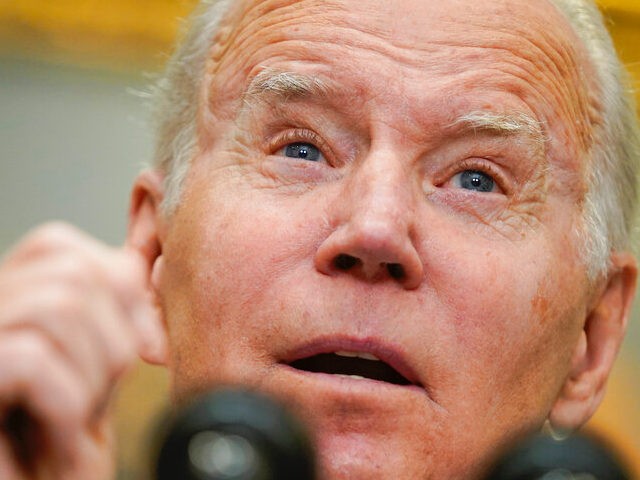Small business owners do not expect much improvement in economic conditions over the next six months.
The share of business owners expecting better conditions over the next six months fell by one point in April to a net negative 50 percent, the lowest level in the history of the 48-year-old survey, the National Federation of Independent Business said Tuesday.
The NFIB Small Business Optimism Index was unchanged at 93.2 in April, the fourth consecutive month below the average of 98. Thirty-two percent of business owners say inflation in the single most important problem facing their business.
“Small business owners are struggling to deal with inflationary pressures,” said NFIB chief economist Bill Dunkelberg. “The labor supply is not responding strongly to small businesses’ high wage offers and the impact of inflation has significantly disrupted business operations.”
Supply chain disruptions are also taking a toll. Thirty-six percent of owners report a significant impact from supply chain snarls. Another 34 percent report a moderate impact and 20 percent a mild impact. Only eight percent say they’ve had no problems with the supply chain.
The net percentage of owners raising prices moved down two points from March’s record high to 70 percent. Price hikes were most frequent in wholesale, construction, retail, and manufacturing.
“Owners are very pessimistic about sales and business conditions in the second half of the year,” the NFIB warned.
“While inflation remains uppermost in the minds at the Federal Reserve, the ‘R’ word (recession) has increasingly appeared in the prognostications of economists. Predictions have a recession starting as early as the third quarter of this year, although most guesses have 2023 for the start. The Fed announced a rate hike of half a point this month with more hikes to come in future meetings. Interesting side note, in the “old days” the Fed would raise rates between meeting if thought necessary, not something they’re likely to do this go around though. Under Paul Volcker, the Fed’s rate hit 20 percent, a long way from where we are today. If, historically, the Fed’s rate needs to be above inflation to be effective, we have a long way to go and the Fed is way behind the curve,” the NFIB said in commentary on Tuesday’s report.

COMMENTS
Please let us know if you're having issues with commenting.